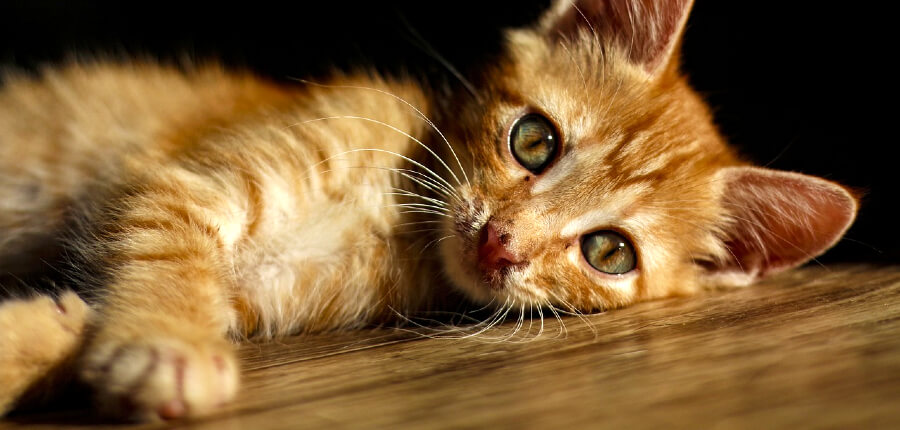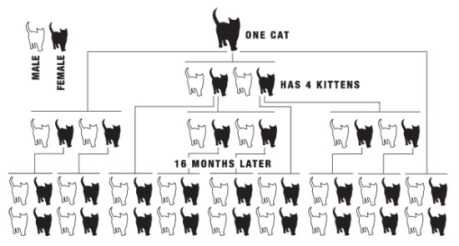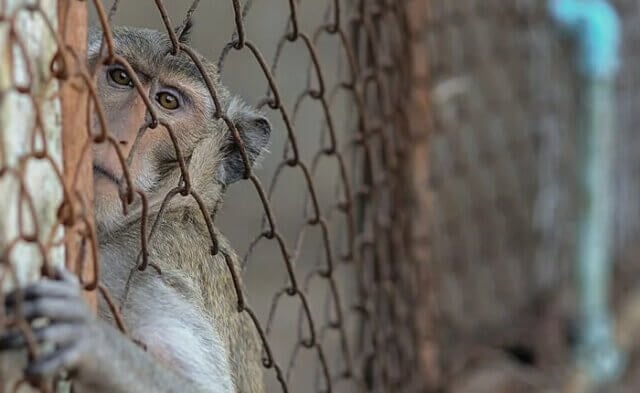
There aren’t anywhere near enough good homes available for all of these kittens—or for the countless adult cats already waiting in shelters—which is why it’s so important to snip this problem in the bud by spaying and neutering cats now.
Cats are prolific breeders, and many people who delay having their feline companion spayed are surprised to discover that their kitten has become a mother herself. Female cats can go into heat every two to three weeks and can become pregnant at as young as 4 months of age—which is why early spaying is a must. Cats can even become pregnant again while they are still nursing kittens—enabling a single cat to give birth to multiple litters over the course of just one season. During a span of seven years, one unaltered female cat and her offspring can give birth to a staggering 370,000 kittens.
These births are far from joyous occasions. Mother cats eking out a meager existence on the streets have nowhere safe to bring their kittens into the world. After searching frantically for a nesting spot, many cats give birth under porches or sheds, in the back of someone’s garage, in abandoned buildings or even in drainage pipes. Kittens born on the streets face the same short, hard lives as their mothers.
One tiny kitten who was only about a week old was already suffering from ear mites, fleas, worms, anemia and an upper respiratory infection when PETA’s fieldworkers came to the rescue. Three other kittens had such severe upper respiratory infections that their eyes had ulcerated, causing them to go blind. According to a study published in the Journal of the American Veterinary Medical Association, 75 percent of free-roaming kittens disappear or die—most by trauma—before they turn 6 months old. Kittens who survive long enough will inevitably mate and have litters of their own, perpetuating the cycle of homelessness and suffering.
Luckier kittens end up in animal shelters, but most shelters are already scrambling to accommodate the endless stream of homeless cats and dogs coming through their doors every day. The surge of new kittens means that other animals—often sweet senior cats who have been overlooked—must be euthanized in order to make room for the newcomers. And with so many kittens flooding shelters, there’s no guarantee that even the cutest ones will be adopted. Every day, shelter workers have the heart-crushing task of euthanizing animals whose lives have just begun because the animals are abundant and adopters are few.
So please, if you’ve heard your neighbor’s cat howling at night in search of a mate, get permission to have him or her sterilized, and encourage your neighbor to keep the cat indoors. If there’s a stray hanging around your back door, take him or her to a shelter right away. And, for the love of kittens, if you’ve been meaning to make an appointment to have your own feline friend spayed or neutered but just haven’t gotten around to it, don’t delay—get that cat fixed today.






